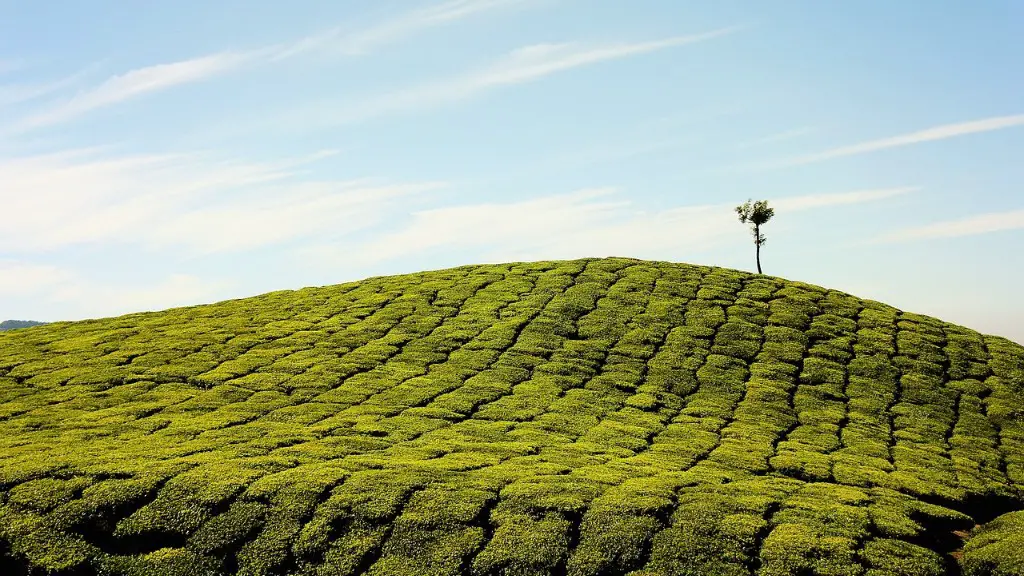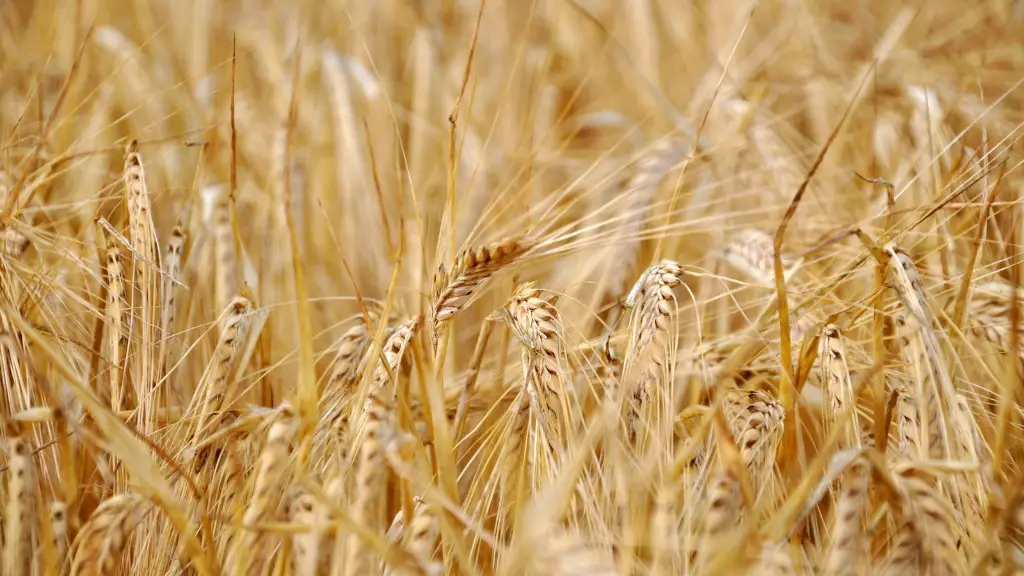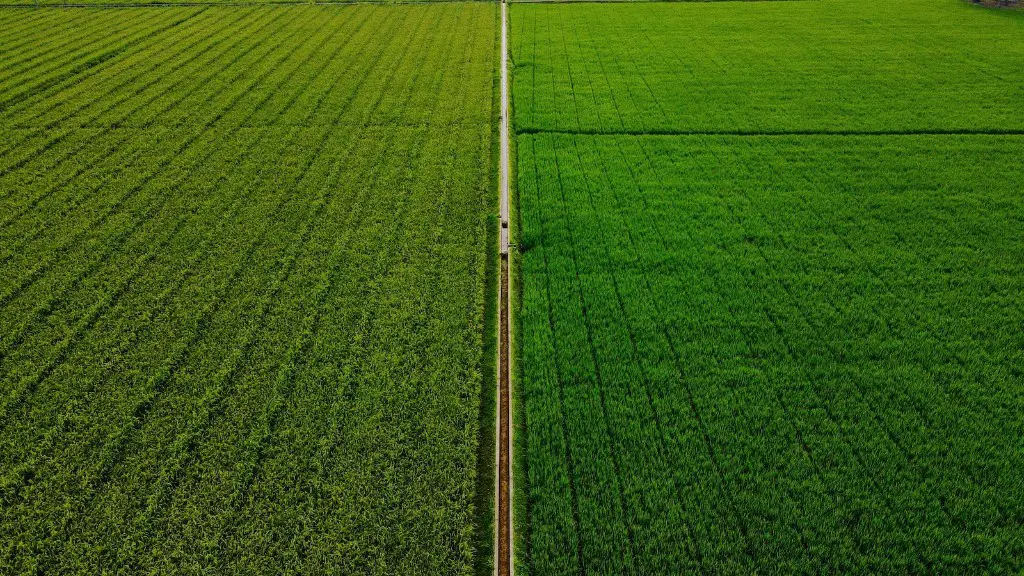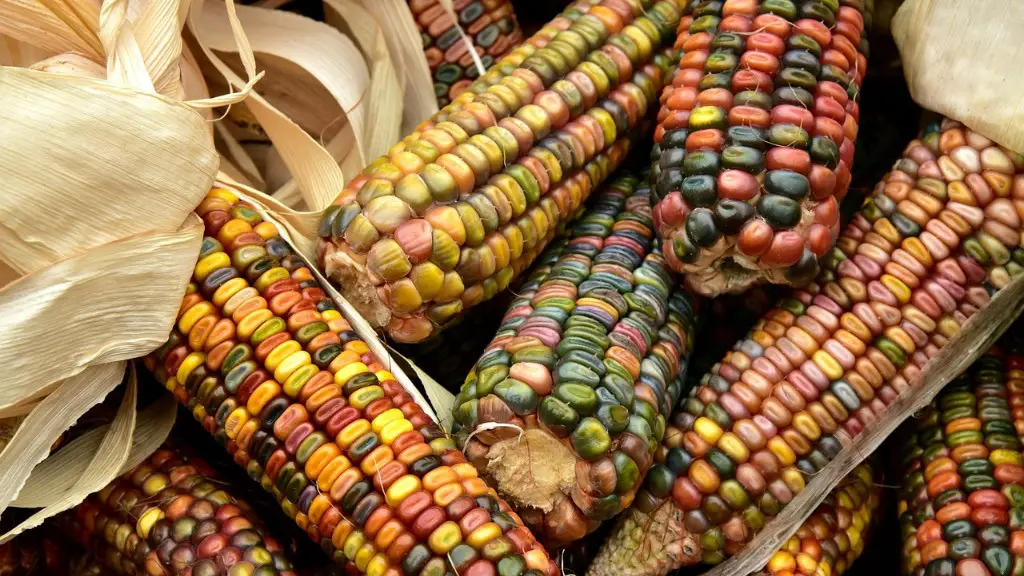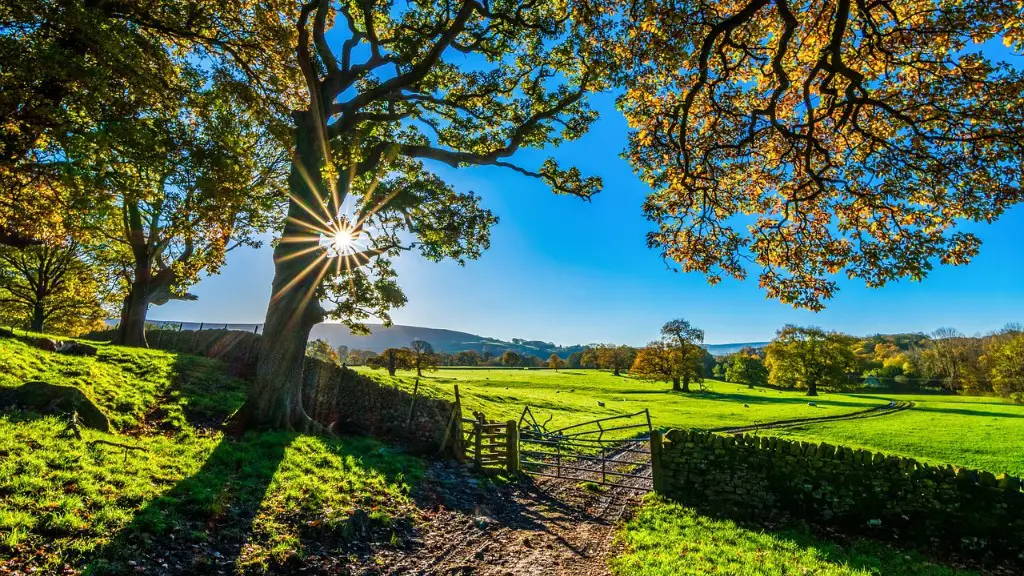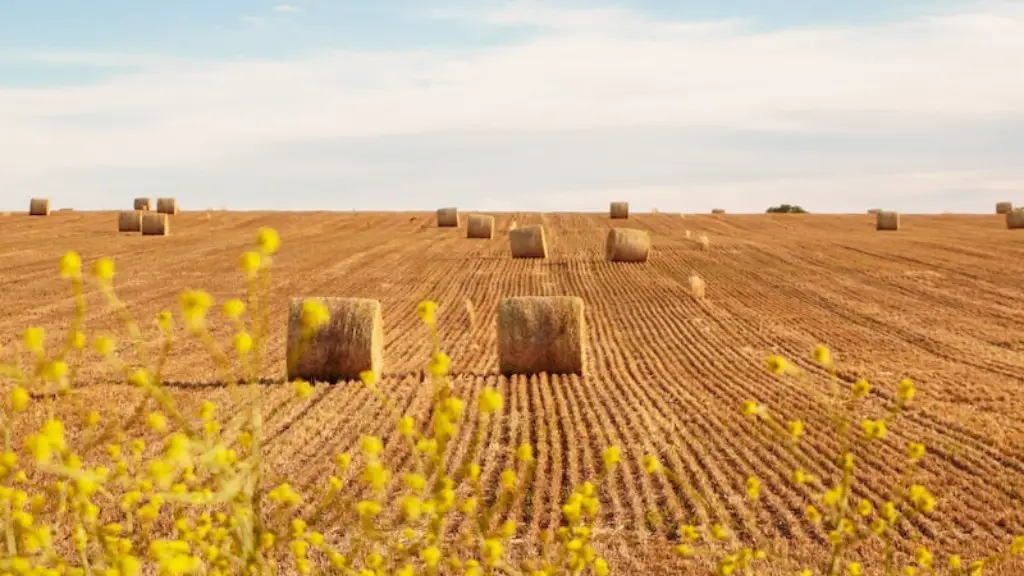CRP, or Conservation Reserve Program, is a voluntary program offered by the United States Department of Agriculture that pays farmers to convert highly erodible cropland or other environmentally sensitive areas of their farm to vegetative cover, such as trees or grass.
The acronym CRP stands for Conservation Reserve Program. It is a voluntary program that works to improve the quality of water, Control soil erosion, and enhance wildlife habitat on agricultural lands.
What does CRP grass stand for?
The Grassland Conservation Reserve Program (CRP) is a voluntary program that contracts with agricultural producers to set aside environmentally sensitive agricultural land for conservation benefits. The program is part of the Conservation Reserve Program (CRP), which is a federally funded program.
The purpose of the Grassland CRP is to protect and enhance grassland resources, including wildlife habitat, soil, and water quality. Under the program, producers receive financial and technical assistance to develop and implement conservation plans that address the specific needs of their land.
The Grassland CRP is a voluntary program, which means that producers can choose to participate or not participate. However, once a producer enrolls in the program, they are required to follow the conservation plan that they develop with the assistance of the program.
People with disposable income are willing to pay for control of the land, making the value about supply and demand. Having a CRP contract on recreational land is a good way to increase the value. The income can often offset some of the buyer’s payments over time.
How much does CRP pay in Texas
The CRP rental payments by county can be found in the table above. The top three counties in terms of CRP rental payments are Gaines County, Bailey County, and Lamb County, all located in Texas. These counties received a combined total of $68,361,851 in CRP rental payments from 2017 to 2021.
The CRP is a great way to protect fragile and environmentally sensitive lands. By protecting these lands, we are able to improve water quality, enhance wildlife populations, and provide pollinator forage habitat. In addition, the CRP sequesters carbon in soil, which enhances soil productivity.
Can you grow crops on CRP land?
The majority of crops produced on post-CRP land will be dryland farmed. The most limiting factor to producing an initial crop will be soil moisture. After 10 years of grass production, most fields will be extremely dry immediately following the expiration of the CRP contract.
Soybeans are a legume that can add significant amounts of nitrogen to the soil. They are often grown as a cover crop or green manure crop to improve soil fertility. Soybeans can also be grown following a crop in a crop rotation. Growing soybeans immediately after a crop such as CRP allows more time for organic matter to decompose and increases the amount of organic nitrogen available to a succeeding corn crop. Soybeans may also be the preferred crop to grow if presence of soil insects is unknown.
What are the cons of CRP?
This can be a potential problem as it takes land out of production and can lead to a decrease in the overall amount of food available. Additionally, it can lead to increases in food prices as demand for food outweighs supply.
The Conservation Reserve Program (CRP) is a voluntary program that helps farmers and ranchers protect their environment. In exchange for a 10 to 15 year contract, farmers and ranchers agree to take land out of production and plant trees or other vegetative cover. The program helps improve water quality, reduce soil erosion, and enhance wildlife habitat.
Since its inception in 1985, the CRP has enrolled more than 36 million acres of farmland in all 50 states. Iowa, Illinois, Minnesota, and Texas are the top four states in terms of CRP rental payments. From 2017 to 2021, Iowa is expected to receive $1.45 billion in CRP rental payments, while Illinois, Minnesota, and Texas are expected to receive $644 million, $503 million, and $421 million, respectively.
Can CRP land be used for pasture
CRP stands for Conservation Reserve Program and it is a program administered by the US Department of Agriculture. The program pays farmers to convert highly erodible land or other environmentally sensitive acreage to grasses or other vegetative cover in order to improve water quality, prevent soil erosion, and enhance wildlife habitat.
Haying and grazing of CRP acres is authorized under certain conditions to improve the quality and performance of the CRP cover or to provide emergency relief to livestock producers due to certain natural disasters. There are two types of haying and grazing authorization: non-emergency and emergency. Non-emergency haying and grazing is only allowed if it is conducted in a way that does not jeopardize the long-term integrity of the CRP stand and it must be approved by the local USDA service center. Emergency haying and grazing is authorized in cases of drought, flooding, or other natural disasters that threaten the livelihood of livestock producers.
The CRP program is a voluntary program that helps farmers and ranchers protect their land and water resources. The program provides financial and technical assistance to eligible participants who plant tree buffers along riparian areas, establish native grasses or other vegetative cover to control erosion, or take other approved conservation activities on their land.
How often are CRP payments made?
In exchange for participating in a conservation program, taxpayers receive an annual payment as well as cost-sharing payments for associated expenses. This provides financial assistance to those who are helping to protect our natural resources.
The answer to your question is that rents received under the CRP are taxable as self-employment income.
Under the CRP, farmers and ranchers enter into voluntary contracts with the USDA to convert environmentally sensitive land to vegetative cover in order to improve water quality, prevent soil erosion, and reduce greenhouse gases. In exchange, farmers and ranchers receive annual rental payments from the USDA.
The CRP is a self-employment program, and as such, rents received under the CRP are considered self-employment income and are subject to self-employment tax.
However, there may be some exceptions to this rule. For example, if the land is leased to a third party and the farmer or rancher does not actively manage the land, the rent may not be considered self-employment income.
If you have any further questions, please feel free to contact us.
What is the difference between CRP and CRP
CRPs and CRPhs are two different types of C-Reactive Protein tests. Standard CRP is used to evaluate advanced inflammation, while hs-CRP is considered a marker of low-grade vascular inflammation.
CRP is a protein that is secreted by the liver in response to a variety of inflammatory cytokines. Levels of CRP increase very rapidly in response to trauma, inflammation, and infection and decrease just as rapidly with the resolution of the condition. Thus, the measurement of CRP is widely used to monitor various inflammatory states.
How is CRP produced?
C-reactive protein (CRP) is produced by the liver. The level of CRP rises when there is inflammation throughout the body. It is one of a group of proteins called acute phase reactants that go up in response to inflammation.
If the National Ranking score for the cover type factor is 50 points, a combination of at least 3 native mast producing trees beneficial to wildlife will be planted. If the National Ranking score for the cover type factor is 30 points, at least 2 native mast trees will be planted. This will help to improve the quality of the environment and also provide food for wildlife.
Conclusion
CRP, or crop rotation, is a sustainable agricultural practice that involves growing a different type of crop in the same area in consecutive growing seasons.
The use of CRP in agriculture can be beneficial in a number of ways. It can help to improve water quality and quantity, reduce soil erosion and improve soil health. It can also provide habitat for wildlife and improve the aesthetic value of the landscape.
